Entertainment Industry Partners






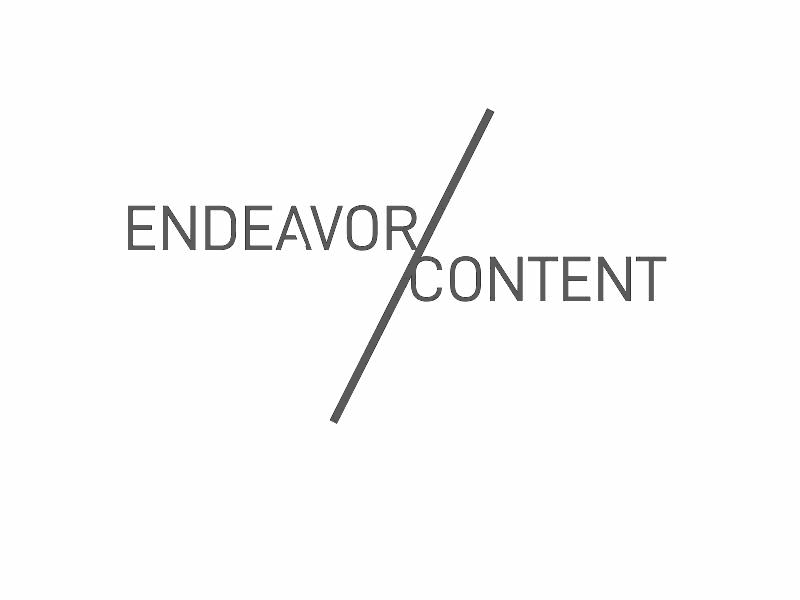








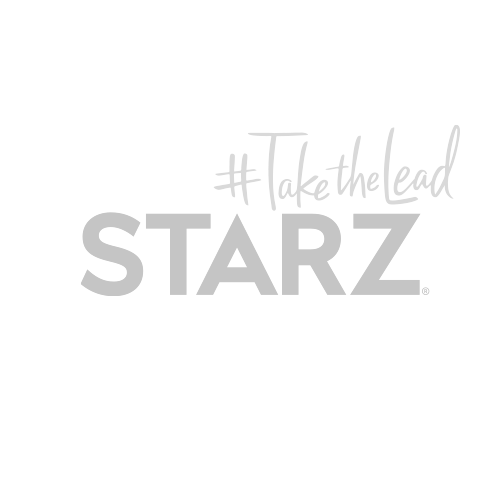


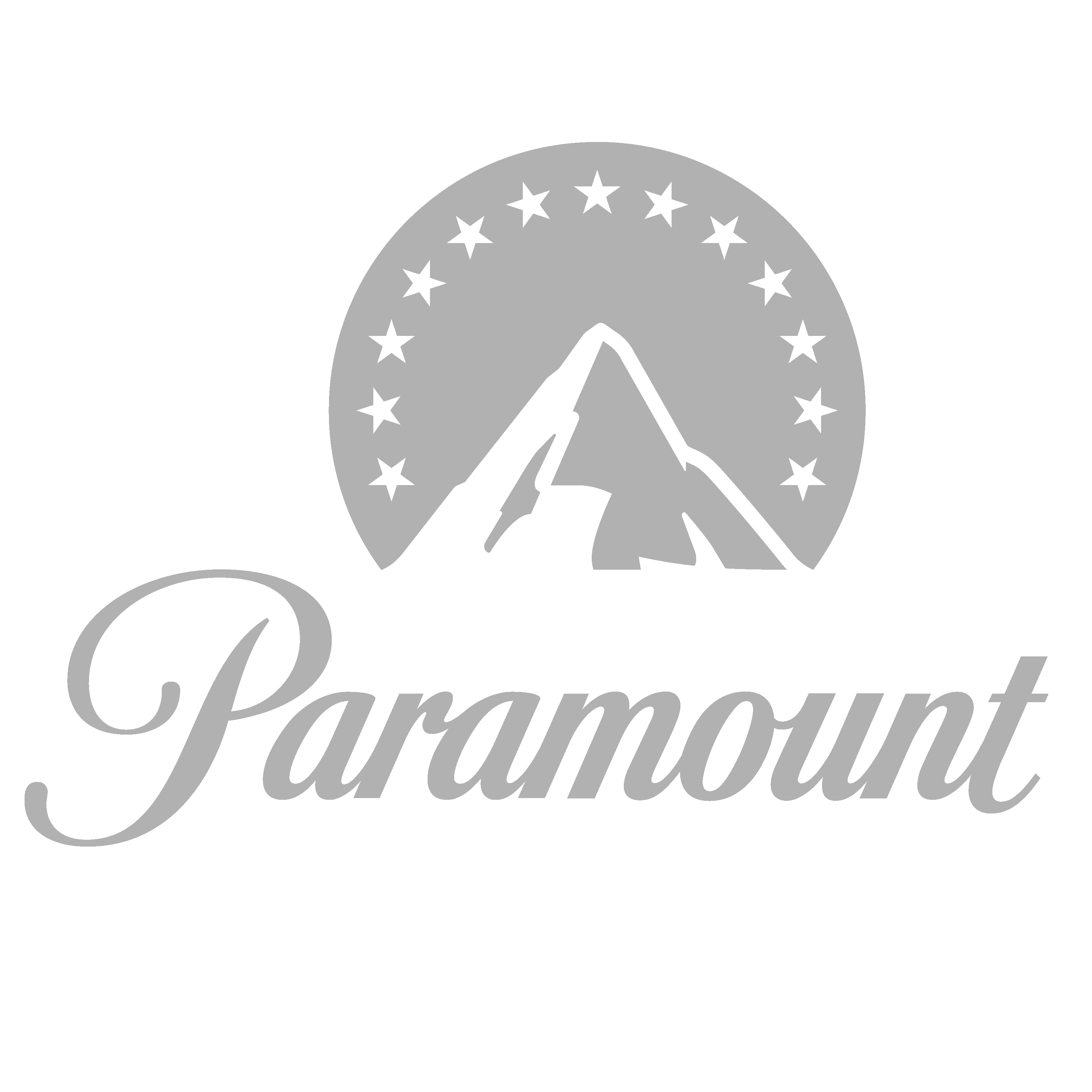

Expert Partners

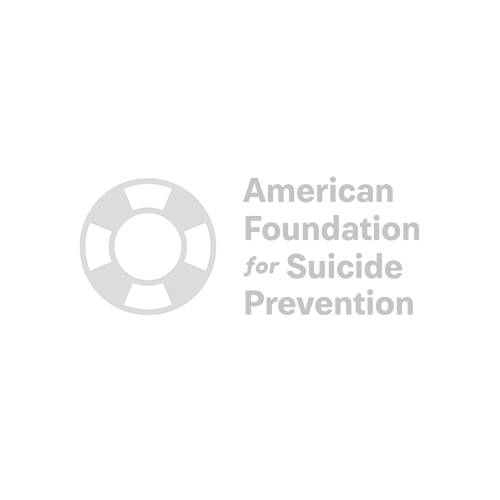
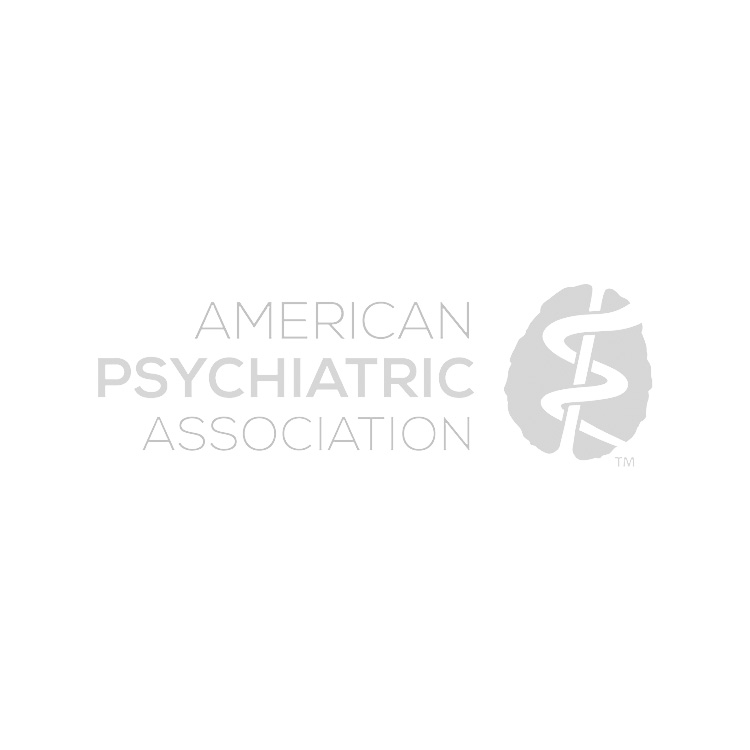


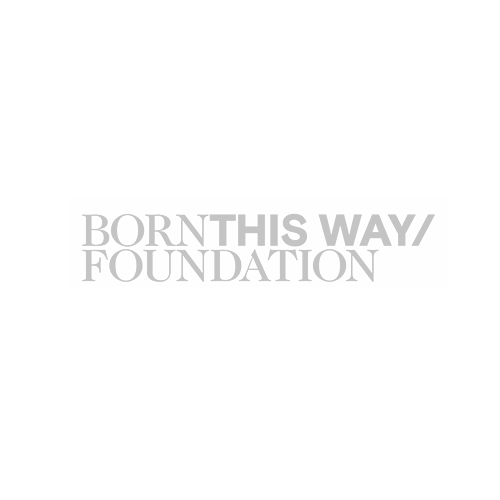


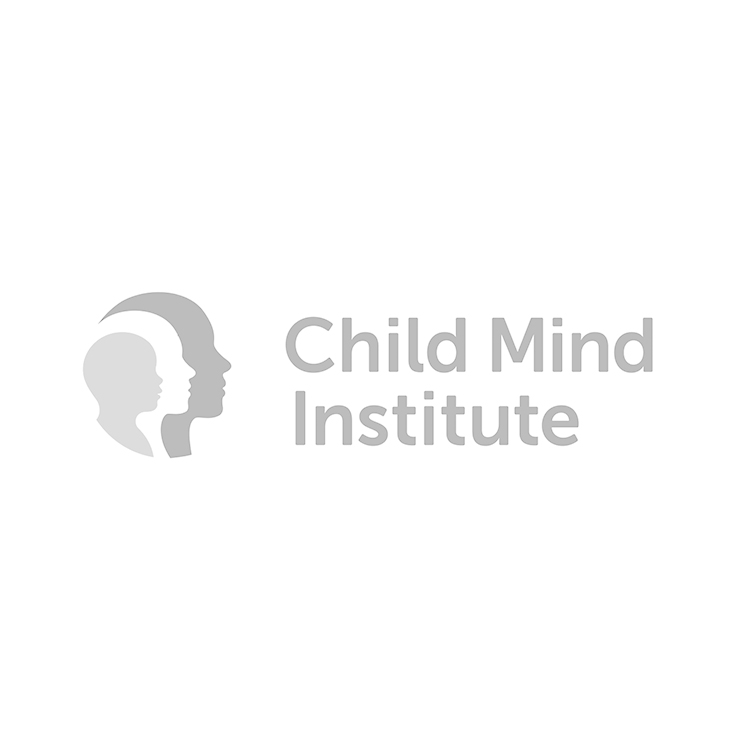


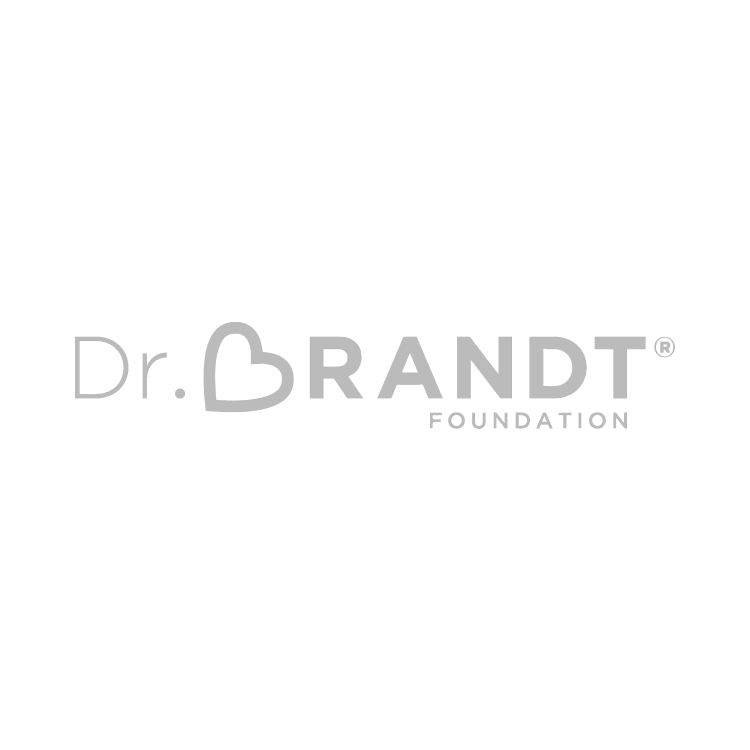




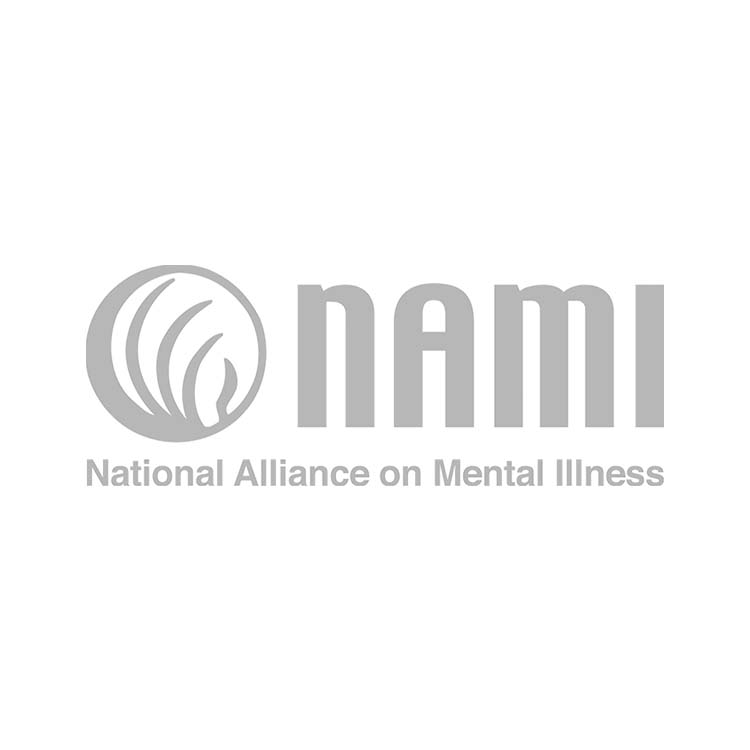




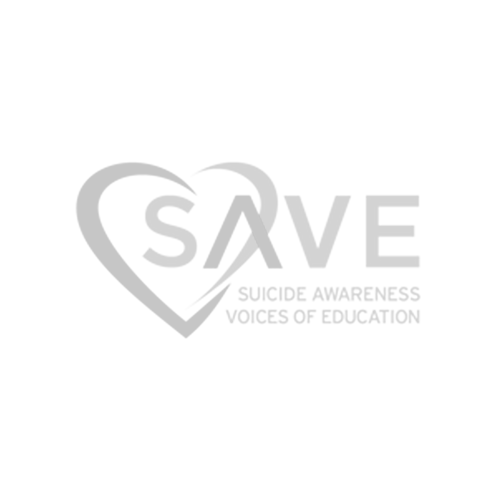
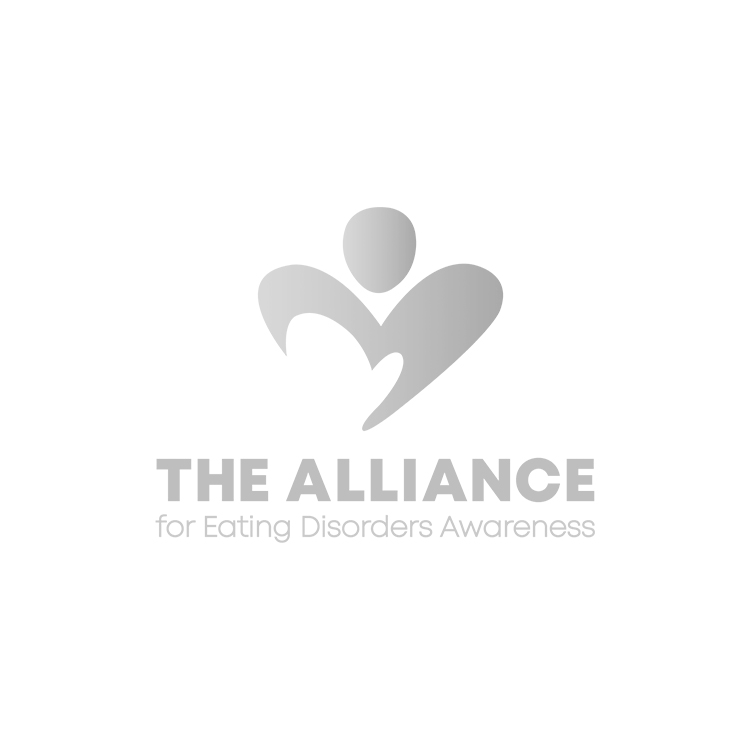
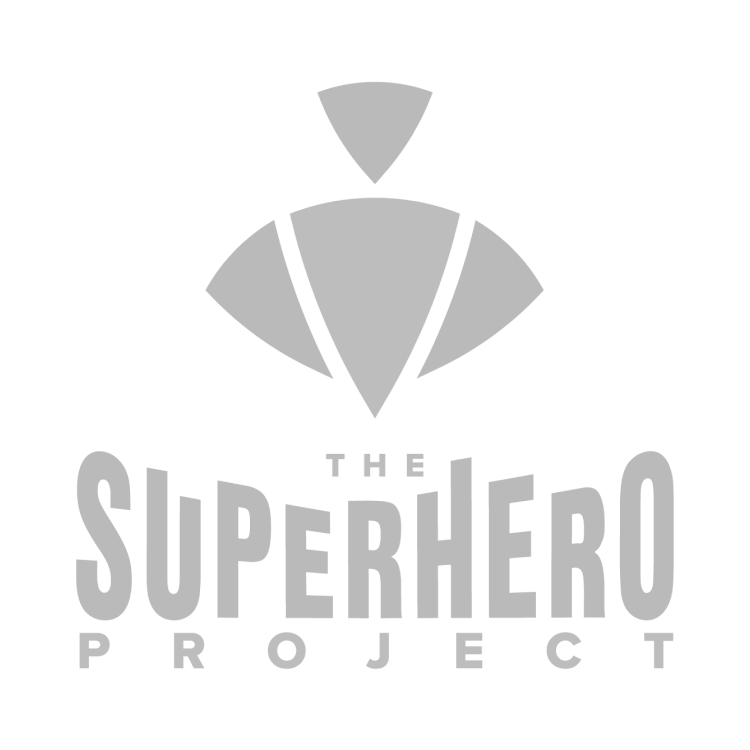

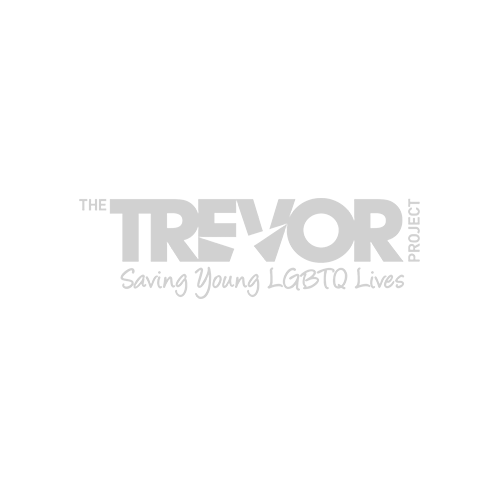





about
Entertainment Industry Partners




















Expert Partners





























Download / print
The Mental Health Media Guide is a groundbreaking, comprehensive resource for content creators designed to help expand positive mental health portrayals. The best practices and evidence-based recommendations within this interactive tool can support storytellers at any phase in the production process, across topics and with an eye towards representing diverse communities.
The Media Guide was developed by a coalition of mental health experts, leaders from mental health organizations, and a broad range of creative, production and business professionals from media and entertainment companies. The coalition includes individuals who have deep knowledge about and/or lived experience with the full range of mental health challenges, as well as a diversity of life experience as informed by race, ethnicity, gender, sexual orientation and religion.
We hope that the Media Guide not only provides tactical guidance but also elevates storytelling opportunities to empower the creative community to change the narrative on mental health.
The Mental Health Media Guide was co-authored by: Dr. Christine Yu Moutier, Dr. Stacy Smith, Dr. Jessi Gold, Dr. Michael A. Lindsey, Dr. Joy Harden Bradford, Courtney Knowles
Research and Sources
The following research and expert organizations informed some of the recommendations within the Media Guide:
Download / print
At the beginning of this collective journey, the experts, organizations and entertainment industry professionals leading this effort convened to establish a set of guiding principles to help inform the creation of this guide:
Mental health is a continuum we all move across throughout our lives. We all have mental health, whether we’re thriving, struggling, or dealing with an extreme mental health challenge. Entertainment media has the opportunity to represent all aspects of this continuum and help audiences understand that mental health is just as dynamic, all-encompassing, complex and individual as physical health.
Collaboration can unlock new opportunities. Storytellers have a unique ability to create empathy, shift perceptions, and inspire action. Mental health organizations and experts bring a nuanced understanding of how to support mental health at all stages of the continuum. Collaboration and communication between these two communities can increase impact at all stages of the creative process.
Proactive storytelling drives the biggest impact. By moving beyond a “checkbox” approach that focuses on what not to do, and instead thinking about our impact throughout the entire life cycle of a project, we have an opportunity to intentionally create stories that can improve and save lives.
Mental health experiences are diverse, and mental health storytelling should be too. We can’t separate mental health from other aspects of our identities like race, gender, or sexual orientation. Certain cultures and marginalized communities are at increased risk for mental health challenges, and research has shown that individuals are more likely to engage in mental health messaging if they see themselves represented in the message delivery. Storytelling around mental health should reflect a diversity of identities, backgrounds and experiences.
We’re constantly learning. This guide is based on evidence-based approaches and expert consensus on best practices built on the current understanding of mental health and media impact. As new data emerges, the world continues to change, and entertainment formats and platforms evolve, this guide must evolve too. The coalition of partners is committed to updating this guide to continually meet the needs of content creators, the mental health community, and audiences.
Download / print
As storytellers, we have the opportunity not just to entertain, but also to educate, inspire, and create real change.
We have seen firsthand how the emotional connection created by entertainment media can move the needle on critical issues such as HIV, LGBTQ+ rights, and immigration.
Mental health is another arena where stories have the power to influence audience perceptions and behaviors, particularly when it comes to self-care, help-seeking, and supporting the people we care about. In addition, incorporating mental health themes in our work can deeply enrich our storytelling, making our characters more layered, more authentic, and more relatable to viewers.
Mental health storylines can inspire viewers to support themselves and others — while making our stories more layered, authentic, and relatable.
Despite the potential positive impact of mental health storylines, viewers are still limited in the number and diversity of stories they are likely to see. And the nature of those portrayals is not always helpful or supportive to people who are struggling.
It‘s important to address the limited portrayals of mental health given the broad impact of the issue across all demographics. Even if someone never experiences a diagnosable mental health condition, most people will encounter situations in their lives that impact their emotional wellbeing.
Furthermore, issues like the COVID-19 pandemic, racial injustice, economic instability, political discord, violent tragedies, and the climate crisis are exacerbating an already difficult mental health landscape. Over half of all adults reported increased anxiety and depression in the first half of 2020, and a recent survey found that 40% of adults in the US have experienced a mental health challenge connected to COVID-19.
These challenges only heighten the important role entertainment media can play in expanding mental health storytelling — and for some individuals, these stories may be one of the only touchpoints to learn about mental health, see what healthy coping looks like, and find out about existing resources. Now is the moment for storytellers and mental health professionals to join forces in using the power of entertainment media to inspire actions that improve mental health and wellbeing.
Download / print
For press inquiries, or to learn more about opportunities to engage with the Coalition, please reach out to aii@usc.edu
Download / print
The Mental Health Media Guide is a groundbreaking, comprehensive resource for content creators designed to help expand positive mental health portrayals. The best practices and evidence-based recommendations within this interactive tool can support storytellers at any phase in the production process, across topics and with an eye towards representing diverse communities.
The Media Guide was developed by a coalition of mental health experts, leaders from mental health organizations, and a broad range of creative, production and business professionals from media and entertainment companies. The coalition includes individuals who have deep knowledge about and/or lived experience with the full range of mental health challenges, as well as a diversity of life experience as informed by race, ethnicity, gender, sexual orientation and religion.
We hope that the Media Guide not only provides tactical guidance but also elevates storytelling opportunities to empower the creative community to change the narrative on mental health.
The Mental Health Media Guide was co-authored by: Dr. Christine Yu Moutier, Dr. Stacy Smith, Dr. Jessi Gold, Dr. Michael A. Lindsey, Dr. Joy Harden Bradford, Courtney Knowles
Research and Sources
The following research and expert organizations informed some of the recommendations within the Media Guide:
Download / print